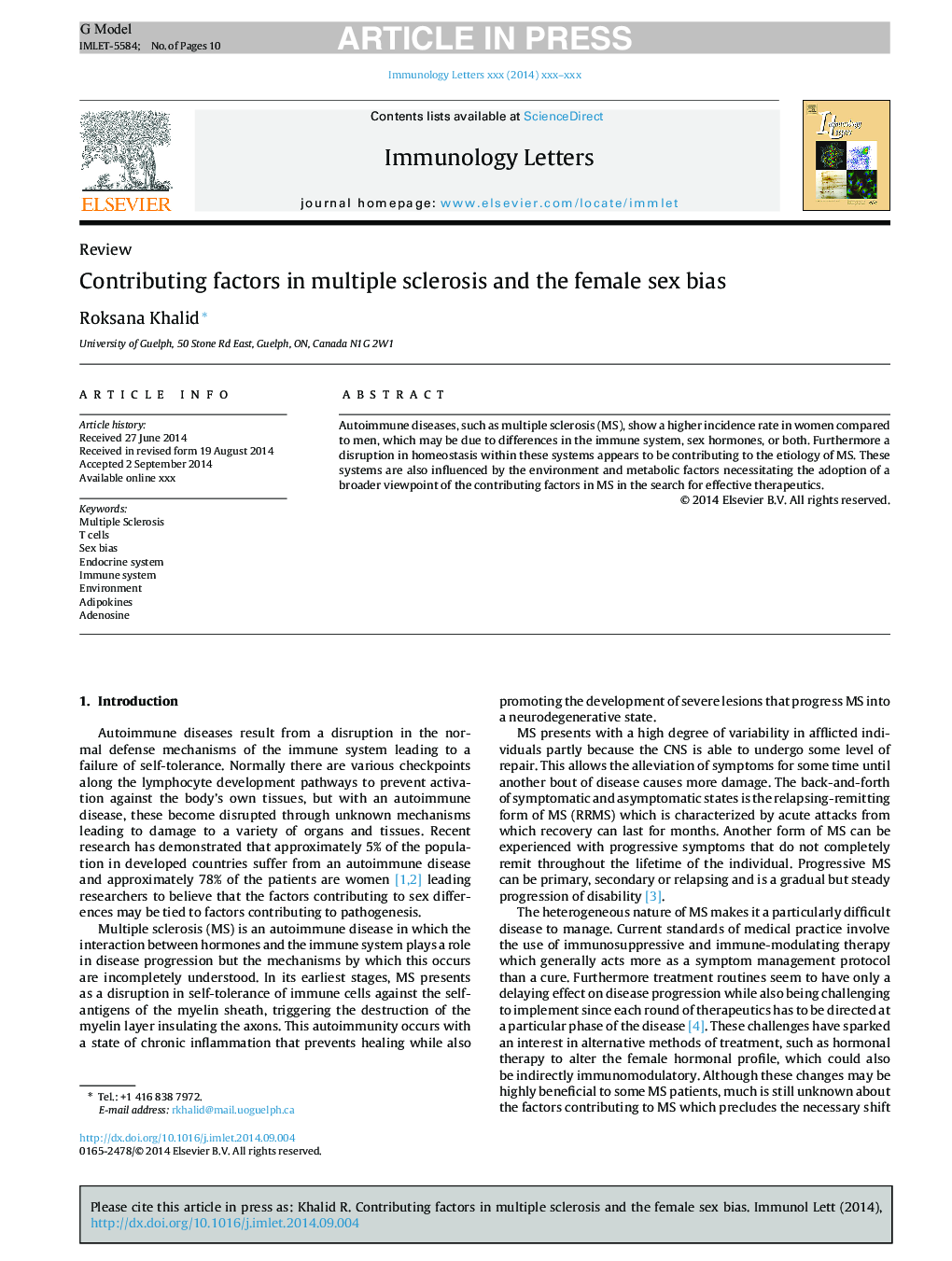| Article ID | Journal | Published Year | Pages | File Type |
|---|---|---|---|---|
| 6131782 | Current Opinion in Microbiology | 2015 | 10 Pages |
Abstract
The genome of a living cell is continuously under attack by exogenous and endogenous genotoxins. Especially, life at high temperature inflicts additional stress on genomic DNA, and very high rates of potentially mutagenic DNA lesions, including deamination, depurination, and oxidation, are expected. However, the spontaneous mutation rates in hyperthermophiles are similar to that in Escherichia coli, and it is interesting to determine how the hyperthermophiles preserve their genomes under such grueling environmental conditions. In addition, organisms with extremely radioresistant phenotypes are targets for investigating special DNA repair mechanisms in extreme environments. Multiple DNA repair mechanisms have evolved in all organisms to ensure genomic stability, by preventing impediments that result in genome destabilizing lesions.
Related Topics
Life Sciences
Immunology and Microbiology
Microbiology
Authors
Yoshizumi Ishino, Issay Narumi,
